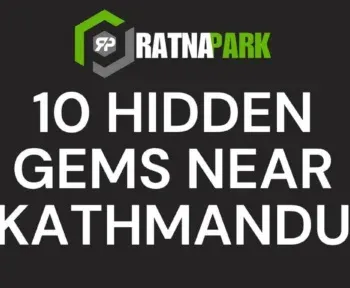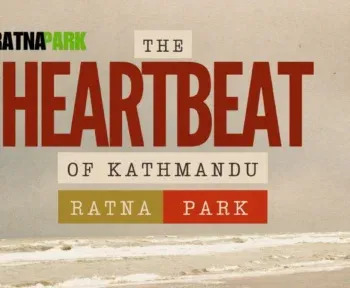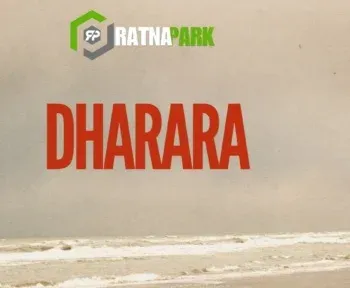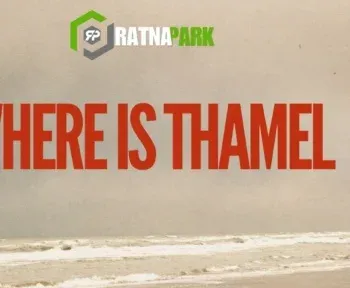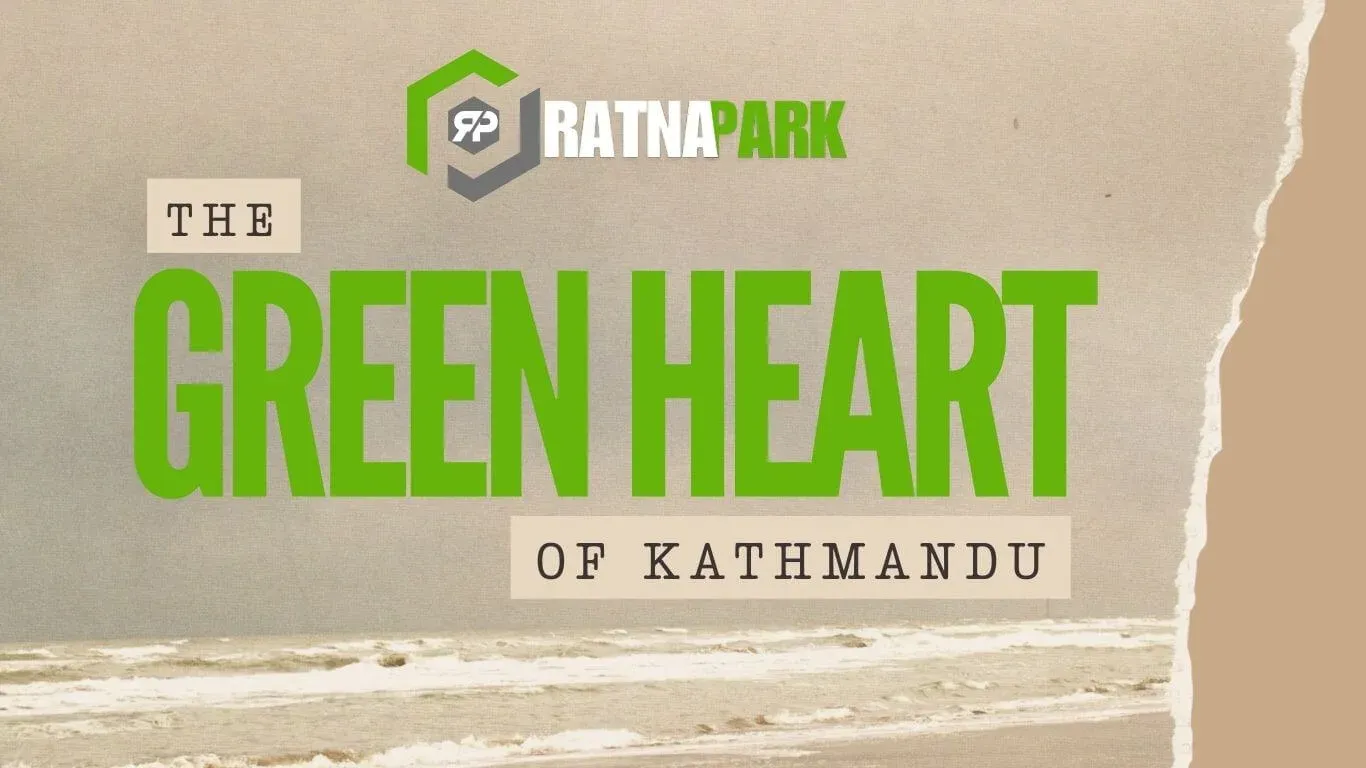
Introduction
In the bustling heart of Kathmandu lies Ratna Park, a verdant sanctuary offering respite from the city’s frenetic pace. Established in 1964 and named after Queen Ratna, the second wife of King Mahendra, this park has evolved into a symbol of Nepal’s rich cultural tapestry and urban greenery. Whether you’re a local seeking tranquility or a traveler exploring the city’s landmarks, Ratna Park stands as a testament to Kathmandu’s harmonious blend of history and nature.
Historical Background
Ratna Park was inaugurated by King Mahendra in 1964, dedicated to his consort, Queen Ratna. Originally designed as a recreational space for children, the park quickly became a central gathering spot for residents and visitors alike. In 2017, the Kathmandu Metropolitan City renamed it Sankhadhar Udyan to honor Shankhadhar Sakhwa, the founder of the Nepal Sambat calendar. Despite the official change, the name “Ratna Park” remains deeply ingrained in the local consciousness, reflecting its enduring legacy.
Location and Accessibility
Strategically situated between Rani Pokhari and Tudikhel, Ratna Park occupies a prime location in Kathmandu. Its central position makes it easily accessible via various modes of transportation, including buses, taxis, and even on foot from nearby neighborhoods like Thamel. The park’s proximity to major landmarks and public transit hubs underscores its role as a nexus of urban life.
Features and Attractions
Lush Greenery and Landscaped Gardens
Ratna Park spans approximately 22,000 square meters, adorned with manicured lawns, vibrant flower beds, and shaded walkways. The park’s design offers a serene environment for leisurely strolls, picnics, and relaxation amidst nature.
Cultural Monuments and Statues
Interspersed throughout the park are statues and monuments that pay homage to Nepal’s rich history and cultural heritage. These installations serve as both artistic expressions and educational touchpoints for visitors interested in the nation’s legacy.
Recreational Spaces
Beyond its aesthetic appeal, Ratna Park offers functional spaces for various activities. Benches and open areas accommodate everything from morning exercises to community gatherings, reflecting the park’s versatility as a communal hub.
Cultural Significance
Ratna Park has long been a focal point for cultural events and festivals. Notably, the Seto Machhindranath Jatra, a revered chariot festival, passes through the park, drawing crowds who partake in the vibrant celebrations. Such events underscore the park’s role as a living canvas of Kathmandu’s traditions.
Practical Information
- Opening Hours: 5:00 AM – 5:00 PM daily
- Entry Fee: Nominal fee applicable; prices may vary for locals and tourists
- Best Time to Visit: Early mornings or late afternoons for a tranquil experience
- Nearby Attractions: Rani Pokhari, Tudikhel, Kathmandu Durbar Square
Conclusion
Ratna Park stands as a verdant emblem of Kathmandu’s dedication to preserving green spaces amidst urban expansion. Its rich history, cultural relevance, and serene ambiance make it an essential stop for anyone seeking to understand the heartbeat of Nepal’s capital. Whether you’re capturing photographs, attending a festival, or simply enjoying a moment of peace, Ratna Park offers a unique window into the soul of Kathmandu.
For more insights into Kathmandu’s cultural landmarks and events, visit ratnapark.com.


